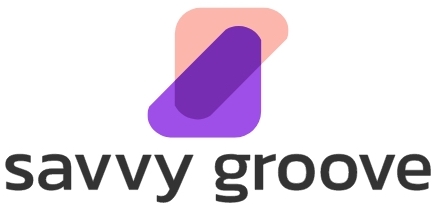The Power of Content Marketing: How Small Businesses Can Drive Growth and Engagement
In today’s digital age, content marketing has become a powerful tool for small businesses to drive growth and engagement. By creating and distributing valuable, relevant, and consistent content, small businesses can attract and retain a loyal customer base, establish themselves as industry leaders, and ultimately increase their revenue. According to a survey by the Content Marketing Institute, 91% of B2B marketers and 86% of B2C marketers use content marketing as part of their overall marketing strategy.
One of the key advantages of content marketing for small businesses is its cost-effectiveness. Unlike traditional advertising methods, such as TV or print ads, content marketing allows small businesses to reach a wider audience at a fraction of the cost. By leveraging social media platforms, blogs, and email newsletters, small businesses can create and distribute content that resonates with their target audience, without breaking the bank.
Furthermore, content marketing helps small businesses build trust and credibility with their customers. By providing valuable and informative content, small businesses can position themselves as experts in their industry. This not only helps attract new customers but also encourages repeat business and referrals. According to a study by Demand Metric, content marketing generates three times as many leads as traditional outbound marketing, while costing 62% less.
Crafting a Winning Content Strategy: Tips and Tricks for Small Business Owners
To harness the power of content marketing, small business owners need to craft a winning content strategy. A well-defined content strategy helps small businesses align their content creation efforts with their overall business goals and target audience. Here are some tips and tricks for small business owners to create an effective content strategy:
1. Define your goals: Start by identifying what you want to achieve with your content marketing efforts. Whether it’s increasing brand awareness, driving website traffic, or generating leads, having clear goals will help you create content that is focused and impactful.
2. Understand your target audience: Research and analyze your target audience to understand their needs, preferences, and pain points. This will enable you to create content that resonates with them and provides value.
3. Choose the right content formats: Consider the preferences of your target audience and the nature of your business when selecting content formats. Whether it’s blog posts, videos, infographics, or podcasts, choose formats that are most likely to engage your audience and deliver your message effectively.
4. Plan your content calendar: Create a content calendar to ensure consistency and organization in your content creation efforts. This will help you stay on track and ensure that you are consistently delivering valuable content to your audience.
Creating Compelling Content: Techniques to Captivate Your Target Audience
Once you have a solid content strategy in place, it’s time to create compelling content that captivates your target audience. Here are some techniques to help you create content that stands out:
1. Tell a story: Humans are naturally drawn to stories. Use storytelling techniques to create content that is relatable, emotional, and memorable. Whether it’s sharing customer success stories or narrating your own journey, storytelling can help you connect with your audience on a deeper level.
2. Provide valuable information: Your content should provide value to your audience. Whether it’s educational, entertaining, or inspiring, make sure your content offers something that your audience can take away and apply in their own lives or businesses.
3. Use visuals: Visual content, such as images, videos, and infographics, can significantly enhance the impact of your content. Visuals not only make your content more engaging but also help convey complex information in a more digestible format.
4. Encourage interaction: Encourage your audience to engage with your content by asking questions, conducting polls, or hosting contests. This not only increases engagement but also helps you gather valuable feedback and insights from your audience.
Maximizing ROI: Measuring and Analyzing the Success of Your Content Marketing Efforts
To ensure that your content marketing efforts are delivering the desired results, it’s crucial to measure and analyze their success. Here are some ways to maximize your ROI through effective measurement and analysis:
1. Set measurable goals: Align your content marketing goals with specific metrics that can be measured, such as website traffic, social media engagement, or lead generation. This will enable you to track your progress and determine the effectiveness of your content.
2. Use analytics tools: Utilize analytics tools, such as Google Analytics, to track and analyze the performance of your content. These tools provide valuable insights into metrics like page views, bounce rates, and conversion rates, helping you identify areas for improvement.
3. Monitor social media metrics: Social media platforms offer a wealth of data that can be used to measure the success of your content marketing efforts. Monitor metrics like reach, engagement, and click-through rates to gauge the impact of your content on social media.
4. Conduct customer surveys: Gather feedback from your customers through surveys to understand their perception of your content and its impact on their decision-making process. This qualitative data can provide valuable insights into the effectiveness of your content marketing efforts.
Content marketing has emerged as a powerful tool for small businesses to drive growth and engagement. By crafting a winning content strategy, creating compelling content, and measuring the success of their efforts, small businesses can leverage content marketing to establish themselves as industry leaders and drive revenue growth. With the right approach and consistent effort, small businesses can harness the power of content marketing to achieve their business goals and thrive in today’s competitive landscape.
